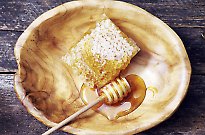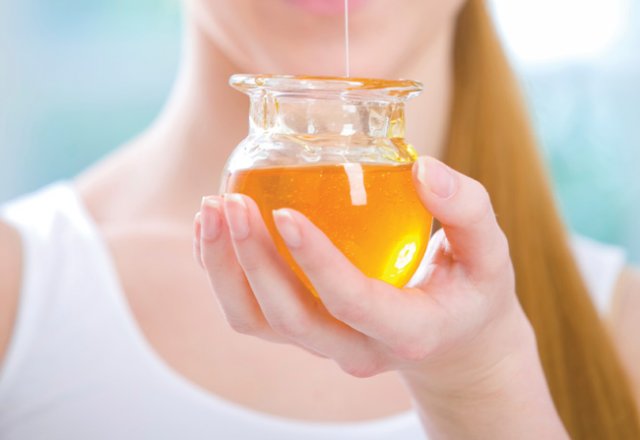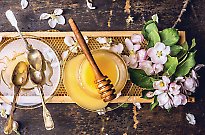
Honey - a potent beauty elixir

Honey has been used for centuries to smooth skin, heal wounds and soften hair, writes Shannon Dunn.
Taken internally, the liquid gold nectar of the bees is a powerful antibacterial and anti-inflammatory that can increase immunity and vitality. Used externally, it has been known to heal skin issues such as ulcers, even when modern medical treatments fail.
However, not all honey is created equally. Before heading to the supermarket or health store, it’s important to understand how honey gets from hive to shelf.
Know your nectar
Mass produced honey found in most supermarket aisles is often devoid of healing and beautifying properties due to how it is cultivated, harvested and produced. Mainstream honeys often undergo heat treatment, leaving it with the beneficial vitamins, minerals, amino acids, antioxidants and enzymes that have made honey so revered as a health and beauty staple.
In the US, a study published by the Food Safety News found that most supermarket-bought honey wasn’t honey at all, but rather high-fructose corn syrup impostors. It also found that honey imported from China was in fact a health hazard, with most containing heavy metals and agrochemicals including illegal animal antibiotics and chloramphenicol.
When selecting your honey of choice, choose raw or active to ensure you’re getting the best benefits possible. These contain the essential nutrients that women in history relied upon to foster supple skin and soft hair.
Nurture the native
Buying local is an important choice to make when purchasing honey, not only for its purity, but to also keep keepers who follow ethical farming practices in business in order to grow healthy bee populations, all the while providing consumers with what’s promised on the label.
Western Australia’s Jarrah honey, has become the new kid on the block when it comes to health and beauty. Its antibacterial power is second to none, making it the perfect weapon against microscopic bacteria that can cause a host of skin issues, from rashes such as eczema to infections such as athlete’s foot.
Today, Australia is home to hundreds of honey varieties produced by thousands of beekeepers in every state and territory that deserve pride of place in any pantry or beauty cabinet. From Acorn Banksia and Jarrah (WA), Applebox and Yellow Stringybark (NSW), to Bimble Box and Yapunyah (QLD) and Black Box to Yellow Gum (VIC), there is literally a smorgasbord of homegrown nectar that taste according to the flowers pollinated.
Sweet history
Cleopatra intuitively knew that her warm honey and milk baths were directly responsible for her youthful skin – a belief that scientists, many years later, are proving as fact.
According to the Honey Association, when warmed and smoothed over the skin, honey pulls dirt away from the pores. Its natural antiseptic properties also make it a powerful cleanser. Poppea, the wife of Roman emperor Nero, experienced these benefits first hand, adopting honey as a daily beauty essential, blending milk and honey as a face lotion to foster youthfulness.
Beauty buzz
While cosmetic companies are adding honey to their products to boost beauty benefits and sales, opening your pantry is a cheaper, and possibly more potent, way to get all the skin-loving attributes honey has become so known for.
Yet, there are some must-know companies, such as Tasmania’s Beauty and the Bees (www.beebeauty.com) that produce boutique creams, oils and soaps that target specific beauty concerns, while also giving back to the bee populations and nature from which they source their ingredients – free of artificial fillers, additives and preservatives. NH
Shannon Dunn is a wellness writer and eco beauty editor. Find out more at www.ecobeautyeditor.com or email her at shannon@ecobeautyeditor.com
NEXT: 7 deadly skin sins>>


